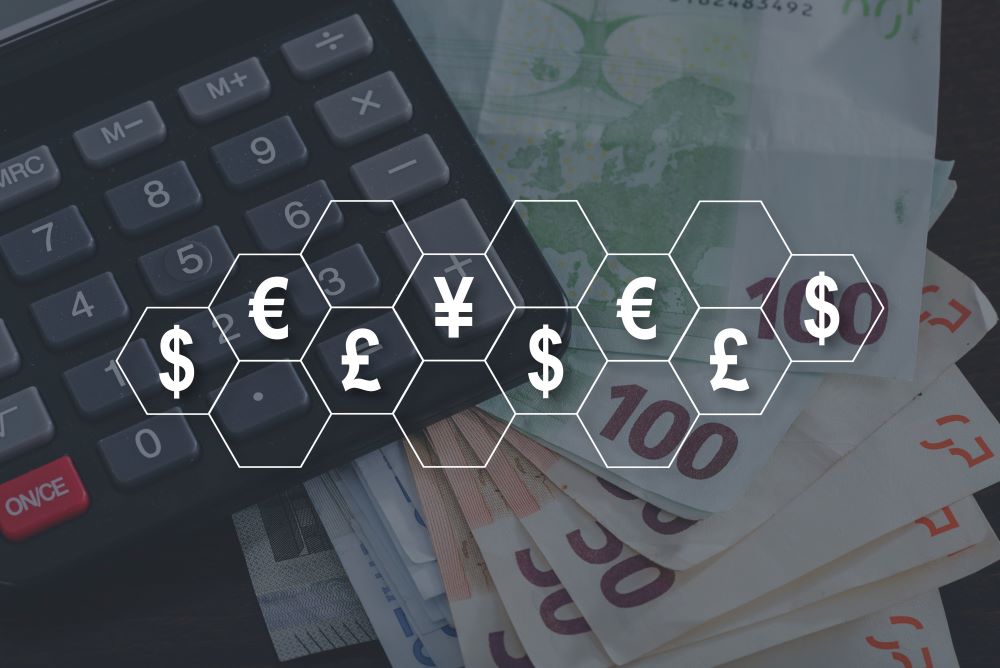
One of the often-overlooked aspects of getting started in international trading is how to trade in a foreign currency. It’s important to recognise and address any risks that could arise from fluctuations in your own currency or that of your target market.
Failure to do so could be an expensive mistake.
1. Recognise risk
Currency fluctuations can jeopardise the value of a sale from both the importer’s and the exporter’s side of the deal. As an importer, if the foreign currency you’re dealing in appreciates, you’ll be paying more for the goods or services you’re buying. As an exporter, if the foreign currency falls in value, you’ll be paid less.
Being aware of the immediate risk factors impacting exchange rates in countries you trade with is an important first step to reducing risks. Macroeconomic headwinds, such as inflation, political instability or more serious economic risks such as a government default, can all affect exchange rates. For this reason, it’s important to do your research before selecting a market, not just from a commercial perspective, but also exchange risk.
2. Divert risk
A simple solution to this problem is diverting the risk to customers by continuing to charge in your own currency. This ensures you retain the value of the original deal, irrespective of movements in the currency market.
The issue arising from this method is that demand may weaken for your goods or services if your currency appreciates, making it more expensive for the customer to purchase. Market research to price your product competitively is required if choosing this route.
3. Hedge risk
The risk can be tackled financially by partnering with a bank that can advise on the best products to hedge the risk of a negative market movement. The products available vary in their flexibility and cost:
Forward contracts – Offer you the opportunity to set a pre-determined price for a currency, essentially locking in a favourable exchange rate for a predetermined date and value. Two parties, typically a business and bank, will directly negotiate the terms.
Options – Give the purchaser the right to buy or sell a currency on a set date at a pre-determined rate, but without the obligation to do so if the market stays favourable. This level of flexibility makes them more expensive.
4. Minimise risk
You could take payments in local currency, which would require opening a bank account in your target market. This helps with remaining competitive in the event that your currency appreciates. However, it does present the challenge of transferring those payments back into your main account – and currency – in the most cost-effective way.
Shopping around to ensure the cost of overseas transfers from your local bank is low, in addition to making sure the exchange rate you secure is locked in, protects the payments you take from exchange rate risk.



